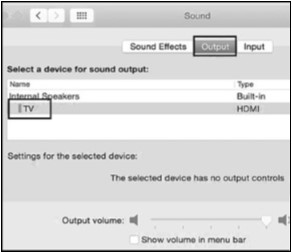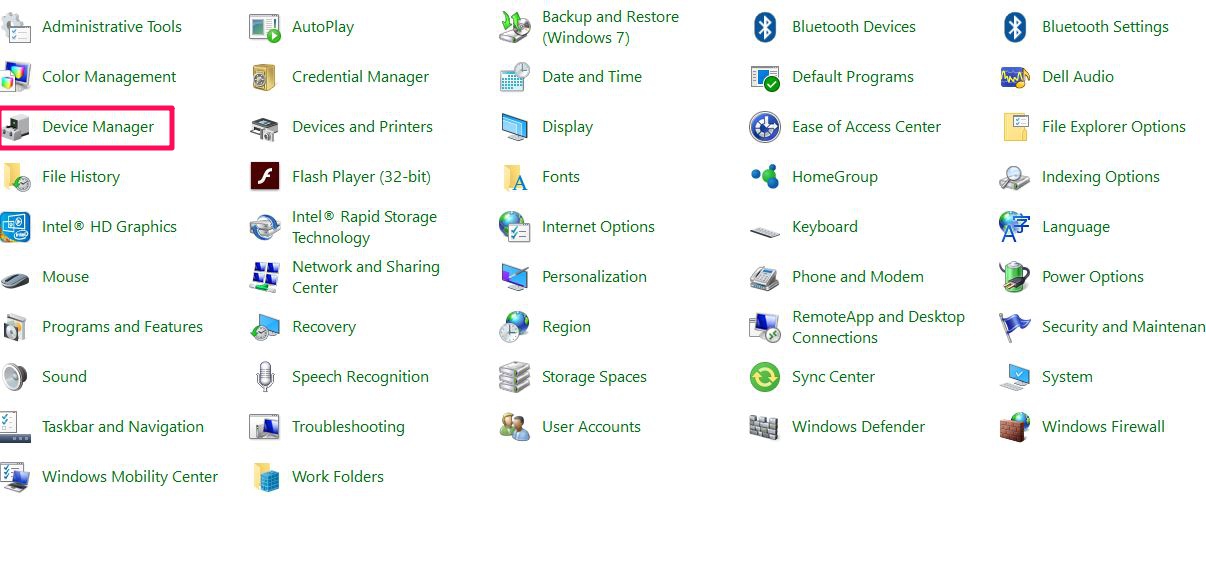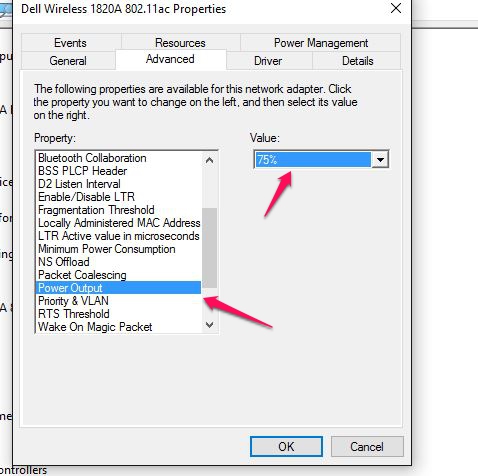System Requirements:
While the Thunderbolt 3 to Dual DisplayPort Adapter utilizes the reversible USB-C connector, it only supports Thunderbolt 3 enabled computers such as the 2016 and 2017 MacBook Pro. It will not work with computers that are equipped with USB-C but not Thunderbolt 3 such as the Lenovo Yoga 900 or a Chromebook. Check for the Thunderbolt symbol near the port on your computer or refer to the below list.
List of Thunderbolt 3 Enabled Computers
Dual video-out not working, only one display has video:
In order to output video to dual monitors, the computer must support two displays via Thunderbolt 3. Some Thunderbolt 3 enabled computers such as the Razer Blade Stealth, Lenovo Yoga 720, and HP Spectre x360 do not support a second display via Thunderbolt 3. Gtrusted.com maintains a list of computers tested that support a single display or dual display. If your computer is not on the list, please consult your manufacturer for this information.
https://gtrusted.com/technology/thunderbolt/thunderbolt3-hosts
Connecting to displays with HDMI/DVI/VGA using DisplayPort video converter adapters:
Connecting to HDMI/DVI/VGA displays through a DisplayPort to HDMI/DVI/VGA adapter is supported. However, an active adapter is required. Passive adapters will not work. Please follow the links for active adapters.
Connecting to a 5K display at 60Hz
This adapter supports connecting to a single 5K display at 60hz such as the Dell UP2715K UltraHD 5K Monitor using two DisplayPort cables. The monitor has two DisplayPort inputs that connect to each of the adapter's DisplayPort outputs.
Symptom: DisplayPort does not work at full 4K 60Hz resolution.
The Multiport Adapter supports dual monitors at 4K 60Hz over DisplayPort connection. A 4K-rated computer source, DisplayPort cable, and display are required.
Certain monitors including the LG 31MU97C, Viewsonic VX2475S, Asus PB287Q, and Philips 288P6LJEB may not support 4K 60Hz via DisplayPort. Resolution may be limited to 4K 30Hz. Contact the monitor manufacturer for this information.
Symptom: The adapter is not functioning properly on a Windows computer with Thunderbolt 3. Symptoms include no video, flickering video, or low image quality.
Solution: Update BIOS, Thunderbolt 3 firmware, Thunderbolt 3 driver, and Intel Graphics driver from the manufacturer's website. For more details, refer to the articles below:
BIOS, Firmware and Driver Updates
Update Intel Graphics Driver for Windows computers
Symptom: The adapter is not recognized / one or more ports are not functional
This adapter requires 5V 3A bus power to function properly. Some laptops, such as the Dell Latitude 7370, only output 5V 1.5A bus power through Thunderbolt 3, and therefore are not supported. Contact the laptop manufacturer directly for this information.
If your laptop supports 5V 3A bus power through Thunderbolt 3, try unpluging the adapter and all cables, restarting the computer, and then reconnecting everything.
Symptom: Ethernet or USB ports are not functioning properly on Windows 7
Solution:
1. Go to www.cablematters.com/downloads
2. Select the correct product from the list.
3. Download both the drivers for Ethernet and USB controller.
4. Install the drivers and reboot your computer.
Symptom: No signal when connecting to some monitors with DisplayPort input and output.
The daisy-chainable monitors such as Dell P2415Q and P2715Q 4K monitors have two DisplayPort connectors. One of the DisplayPort connectors is for DisplayPort input while the other one is for DisplayPort output. The DisplayPort output is designed for daisy chaining a second monitor. Please make sure to connect this adapter to the DisplayPort input.
Symptom: laggy mouse and missing keystrokes when connecting wireless mouse/keyboards to USB 3.0.
The 2.4 GHz band is a widely used unlicensed radio frequency band for devices such as wireless routers, as well as wireless PC peripherals such as a mouse or keyboard.
Though USB 3.0 has a 5 Gbit/s signaling rate, the noise from USB 3.0 data spectrum can be high in the 2.4–2.5 GHz range. This noise can radiate from the USB 3.0 connector on a PC platform, the USB 3.0 connector on the peripheral device or the USB 3.0 cable. If the antenna of a wireless device operating in this band is placed close to any of the above USB 3.0 radiation channels, it can pick up the broadband noise and may result in a drop in throughput on the wireless link.
The resolution is to use a USB 2.0 extension cable to connect the wireless mouse / keyboard dongle to USB 3.0 ports.
Symptom: Ethernet disconnects with certain Dell computers.
Some Dell XPS and Precision models may contain a version of internal Wi-Fi adapters that interfere with the Ethernet connection over USB-C. This issue can be resolved by lowering the power output of the onboard Wi-Fi adapter.
1. Navigate to Control Panel > Device Manager
2. Select Network adapters. Right-click on the Dell wireless adapter.
3. Select Properties. Click on the Advanced tab. Select Power Output and select 75%.
4. Disconnect the cables and Multiport Adapter, restart the computer, and reconnect everything.
Symptom: Audio is not transmitted to monitor through DisplayPort
Some monitors do not have built-in speakers. Therefore, audio must be transmitted separately. If audio is supported, please follow the steps below to select the correct playback device:
Windows:
1) Open the 'Sound' menu by searching or right clicking the sound icon on the taskbar
2) In the Playback Tab, select the display with DisplayPort
3) Click Set Default
4) Click OK to save the settings

MacOS:
1) Open the Apple Menu and go to System Preferences
2) Click the Sound icon
3) Click the Output tab
4) Select the display with DisplayPort

For more information about our Thunderbolt products including drivers and user manuals, please visit the Thunderbolt page on our website.



